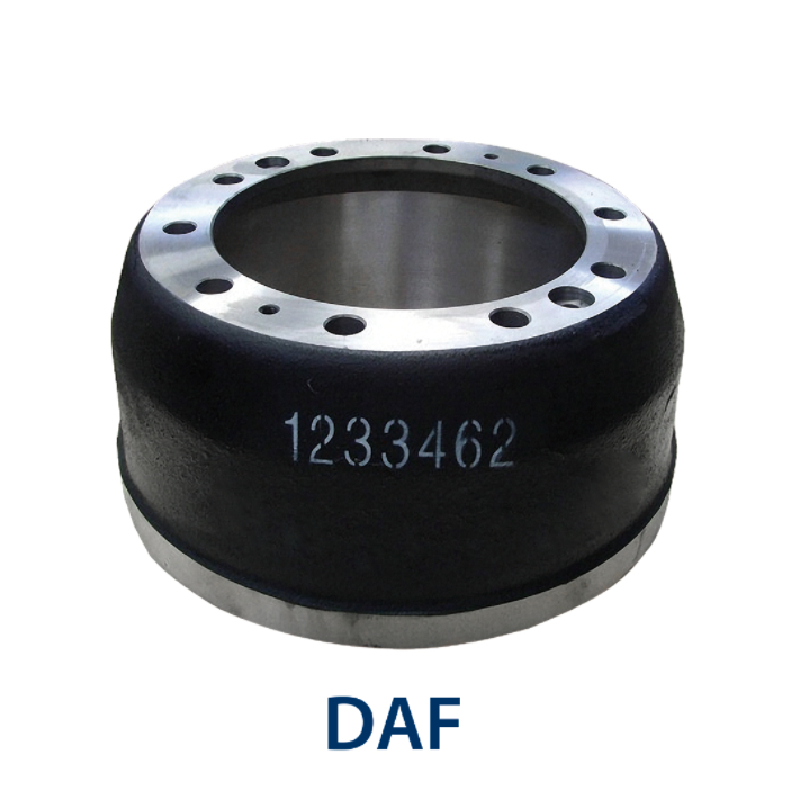Dec . 14, 2024 21:36 Back to list
Understanding the Causes and Solutions for Stuck Brake Drums in Vehicles
Understanding Stuck Brake Drums and Their Solutions
Brakes are one of the most critical components of a vehicle's safety system. Maintaining them in optimal condition ensures not only the vehicle's performance but also the safety of its occupants. One common issue that can affect braking efficiency is the phenomenon known as a stuck brake drum. This occurrence can lead to ineffective braking, excessive wear, or even complete brake failure if not addressed promptly. In this article, we will explore the causes of stuck brake drums, the symptoms to look for, and the steps you can take to resolve the problem.
What Causes Brake Drums to Get Stuck?
Brake drums are part of drum brake systems, which consist of a drum that houses brake shoes. When the brake pedal is pressed, the brake shoes are forced against the inside of the drum, creating friction that slows the vehicle down. Over time, several factors can contribute to the drums getting stuck
1. Rust and Corrosion This is one of the most common causes of stuck brake drums, especially in vehicles exposed to moisture or salt. When the vehicle sits for an extended period, rust can form on the inside of the drum, causing the shoes to adhere to the surface.
2. Seized Wheel Cylinder If the wheel cylinder—responsible for pushing the brake shoes outward—becomes stuck, it can prevent the shoes from retracting fully when the brakes are released. This can lead to increased friction and, eventually, a stuck drum.
3. Improper Installation If the brake drum is not properly installed or if the brake shoes are not adjusted correctly, this can cause misalignment, leading to sticking problems.
4. Excessive Heat Overheating can cause the brake shoes to become glazed, leading to a hard surface that may stick to the drum.
Symptoms of Stuck Brake Drums
Recognizing the symptoms of stuck brake drums is crucial for timely intervention. Common signs that you may have this problem include
- Unusual Noises A grinding or scraping noise when braking can indicate that the brake shoes are in contact with the drum inappropriately. - Difficulty Moving If your vehicle feels like it is dragging or if you are having trouble accelerating, it may be due to the brake drums being stuck.
stuck brake drum

- Uneven Brake Performance If one side of the vehicle appears to be stopping more effectively than the other, this could signify a problem with the brake drum on the weaker side.
- Smell of Burning If you notice an acrid smell, it could be due to the brake shoes overheating because they are stuck against the drum.
Solutions to Stuck Brake Drums
If you suspect that your brake drums are stuck, it is essential to address the issue before it leads to more severe complications. Here are some steps to help resolve the problem
1. Inspect the Brakes Begin by safely lifting your vehicle and removing the wheels to gain access to the brake drums. Check for visible signs of rust, glazing, or damage.
2. Clean the Components If rust is present, use a wire brush or sandpaper to clean the inside of the drum and the brake shoes. This can help to eliminate any build-up that may be causing the sticking.
3. Lubricate Moving Parts Ensure that all components related to the drum brake system, including the wheel cylinder and adjusting mechanisms, are properly lubricated to prevent seizing.
4. Replace Damaged Parts If any components are found to be damaged or excessively worn, such as the brake shoes or drums, they should be replaced.
5. Professional Help If you’re unsure about tackling brake issues on your own, it’s wise to consult with a professional mechanic. They can provide an in-depth analysis and ensure that your braking system is safe and functional.
By addressing stuck brake drums promptly, you can maintain the safety and reliability of your vehicle, ensuring a smoother and more reliable driving experience. Regular maintenance and timely inspections will help prevent these issues from arising in the first place, keeping your vehicle in top shape for every journey.
-
Scania Brake Drums: OEM Quality for Optimal Safety & Durability
NewsAug.16,2025
-
R.V.I: Advanced Remote Visual Inspection for Precision
NewsAug.15,2025
-
Discover HYUNDA: Innovative Vehicles, Equipment & Solutions
NewsAug.14,2025
-
R.V.I: Unlock Advanced Insights & Real-time Performance
NewsAug.13,2025
-
Kamaz Brake Drum: Durable & Reliable for Heavy Duty Trucks
NewsAug.12,2025
-
Heavy Duty Iveco Brake Drum - Premium Quality & Safety
NewsAug.11,2025
